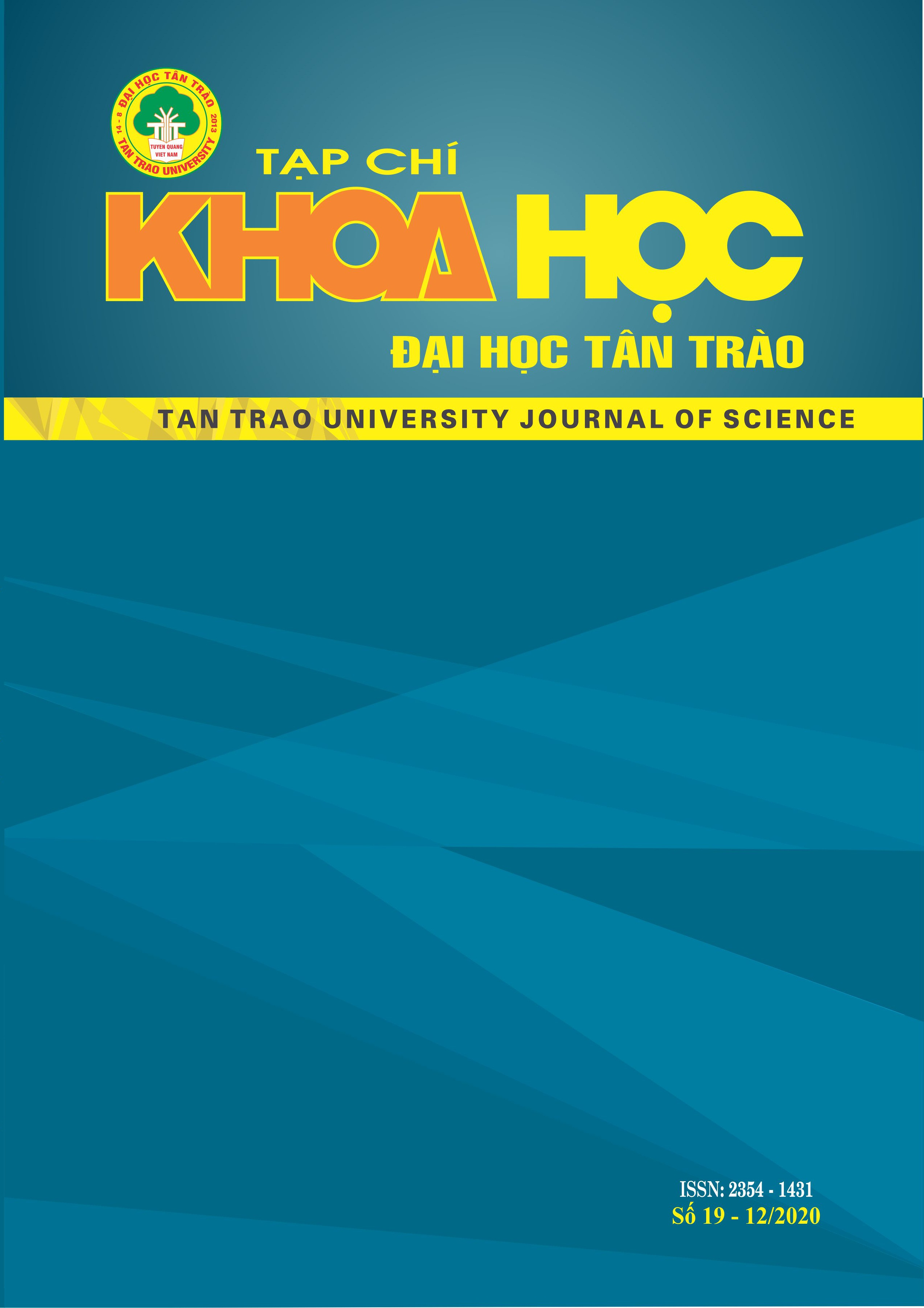THE CULTURAL CAPITAL OF THE INDIGO-DYED TEXTILES COMMUNITY OF PHU TAI ETHNIC GROUP FOR THE DEVELOPMENT OF CREATIVE TOURISM COMMUNITIES
DOI:
https://doi.org/10.51453/2354-1431/2020/437Keywords:
Cultural capital of the community, cultural tourism community, creative tourism, indigo dyeing textiles of the Phu Tai people.Abstract
This article aims to study the cultural capital of the indigo dyeing community of Ban Nong Khrong, Don Kloy, Kham Kha and Oun Dong, Phannanikhom District, Sakon Nakhon Province, Thailand. This is developed as a creative cultural tourism village, obtained from the collected cultural capital data, consisting of the social and cultural context of the indigo dyeing cloth community through participation observation, in-depth interviews, group discussions and experimentation with the key informants in order to find out the ways for developing into a cultural community for sustainable tourism. The study found that there was cultural capital in this community, characterized by indigo dyed cotton weaving, which is a factor that affects the income of people in the community. Most of the inhabitants in Ban Nong Khrong, Don Kloy, Kham Kha and Oun Dong inherited this indigo cloth weaving and dying wisdom from their ancestors. The study also attempts to create more value by adding cultural capital and wisdom of Phu Tai ethnic identity and indigo dyed textiles as a representation of cultural tourism community, by using the community presentation model with creative tourism activities such as dyeing, weaving and local cooking. These activities create a shared experience for tourist’s participatory learning about the cultural capital and wisdom of the Phu Tai community.
Downloads
References
1. Chathiphot, P. (2017). The role of Phu Tai women through their local wisdom of indigo-dyed textile in community strengthening in Sakon Nakhon province, Thailand.
International Symposium on Social Sciences and Management. January 19-21, 2017. Hokkaido, Japan. pp. 315-328.
2. Pongsan Srisomsap. (2016). Creative Tourism Model for ASEAN Economi Community (AEC) : A case study of Chon Bun Province. Faculty of Political Science, Ramkhamhaeng University.
3. Chiranut Sopha et al. (2015). The Development of Gastronomic Tourism Routes in ASEAN. Suan Dusit Rajabhat University.
4. Chathiphot, D. (2015). Women’s life of weaving and indigo dyeing: Transmission and Creative wisdom of Phu Tai Indigo Dye Textile. The 5th Cultural Research: Culture in Life and Life in Culture: 5 July 2015. Bangkok: Department of Cultural Promotion, pp. 6-20.
5. Viboon Leesuwan. (1984). Folk crafts. Bangkok: Banya.2007). Encyclopedia of fabrics and weaving machines. Bangkok: Muang Boran.
6. Richards, G. (2011). Creativity and tourism: The state of the art. Annals of Tourism
Research 38, 4, p.1225-1253.
7.Department of Intellectual Property. (2015). Announcement of the Department of Intellectual Property: Registration of Geographical indication Natural indigo fabric, Sakon Nakhon. 11 March 2015.
Downloads
Published
How to Cite
Issue
Section
License

This work is licensed under a Creative Commons Attribution-ShareAlike 4.0 International License.
All articles published in SJTTU are licensed under a Creative Commons Attribution-ShareAlike 4.0 International (CC BY-SA) license. This means anyone is free to copy, transform, or redistribute articles for any lawful purpose in any medium, provided they give appropriate attribution to the original author(s) and SJTTU, link to the license, indicate if changes were made, and redistribute any derivative work under the same license.
Copyright on articles is retained by the respective author(s), without restrictions. A non-exclusive license is granted to SJTTU to publish the article and identify itself as its original publisher, along with the commercial right to include the article in a hardcopy issue for sale to libraries and individuals.
Although the conditions of the CC BY-SA license don't apply to authors (as the copyright holder of your article, you have no restrictions on your rights), by submitting to SJTTU, authors recognize the rights of readers, and must grant any third party the right to use their article to the extent provided by the license.


